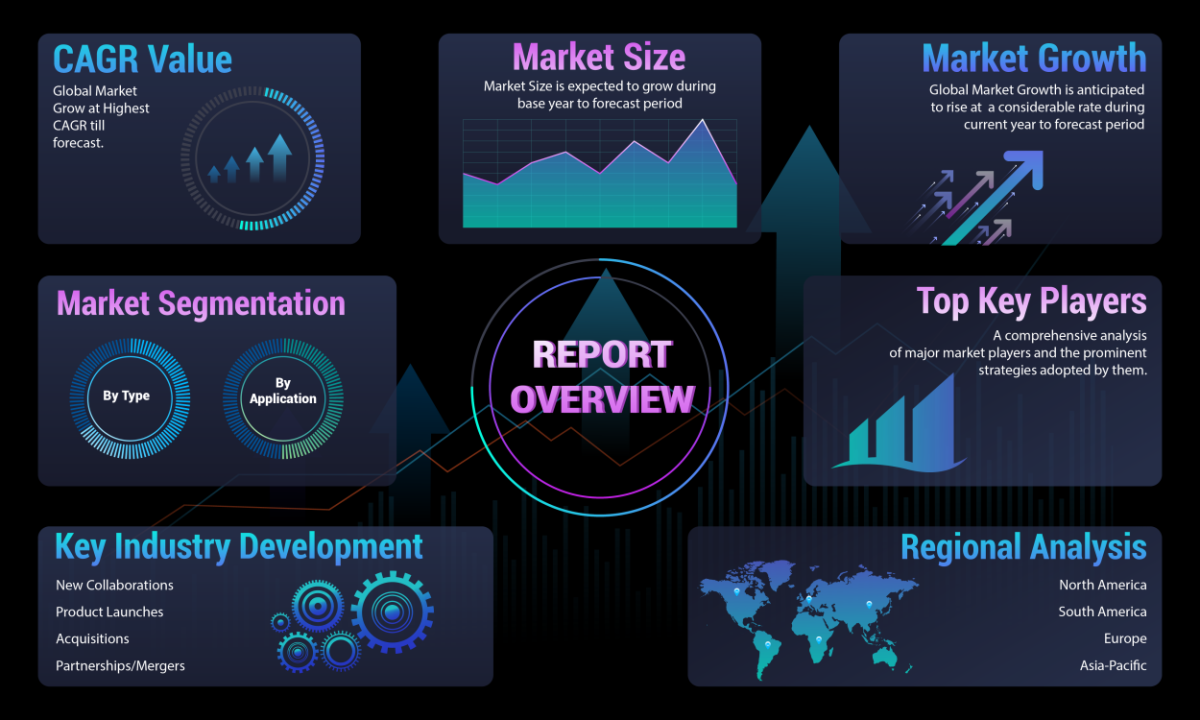In an era where data reigns supreme, industries around the world are harnessing the power of analytics to unlock valuable insights, optimize operations, and drive innovation. The oil and gas industry, known for its complexity and volatility, is no exception. From upstream exploration and production to downstream refining and distribution, analytics is playing a transformative role across the entire oil and gas value chain. In this article, we explore the myriad ways in which oil and gas analytics reports are revolutionizing the oil and gas industry.
Table of Contents
Exploration and Production Optimization
At the upstream end of the oil and gas value chain, analytics is being used to optimize exploration and production activities. By analysing seismic data, well logs, and geological surveys, companies can identify potential drilling locations with higher precision and accuracy. Advanced analytics techniques, such as machine learning and predictive modelling, enable companies to predict reservoir behaviour, optimize well performance, and maximize hydrocarbon recovery.
Predictive Maintenance and Asset Management
In the oil and gas industry, downtime is not an option. Unplanned equipment failures can result in costly production losses and safety hazards. Analytics is being leveraged to implement predictive maintenance strategies, allowing companies to anticipate equipment failures before they occur. By analysing sensor data, equipment performance metrics, and historical maintenance records, companies can identify early warning signs of potential failures and schedule maintenance activities proactively, minimizing downtime and optimizing asset performance.
Operational Efficiency and Cost Reduction
In an industry characterized by high operating costs and narrow profit margins, optimizing operational efficiency is crucial for success. Analytics is being used to identify inefficiencies, streamline processes, and reduce operational costs across various areas of the oil and gas value chain. By analysing production data, supply chain logistics, and workforce management metrics, companies can identify opportunities to improve productivity, reduce waste, and optimize resource allocation, ultimately driving cost savings and enhancing competitiveness.
Safety and Risk Management
Safety is a top priority in the oil and gas industry, where operations are inherently hazardous. Analytics is playing a critical role in enhancing safety and risk management practices. By analysing safety inspection data, incident reports, and environmental monitoring data, companies can identify potential risks and hazards in real-time. Advanced analytics techniques, such as predictive modelling and simulation, enable companies to assess and mitigate risks, implement proactive safety measures, and enhance emergency response preparedness, ultimately reducing the likelihood of safety incidents and protecting personnel and assets.
Environmental Compliance and Sustainability
With increasing regulatory scrutiny and growing environmental concerns, sustainability has become a key focus area for the oil and gas industry. Analytics is being used to monitor environmental performance, track emissions, and ensure compliance with regulatory requirements. By analysing environmental data, companies can identify areas for improvement, implement targeted interventions to reduce environmental impact, and demonstrate commitment to sustainability initiatives, ultimately enhancing corporate reputation and social responsibility.
As the oil and gas industry continues to evolve in the face of technological advancements and market dynamics, analytics is proving to be a powerful tool for driving innovation, optimizing operations, and ensuring sustainable growth. From exploration and production to refining and distribution, analytics is transforming every aspect of the oil and gas value chain, enabling companies to unlock new opportunities, mitigate risks, and achieve operational excellence in an increasingly competitive and complex landscape.

